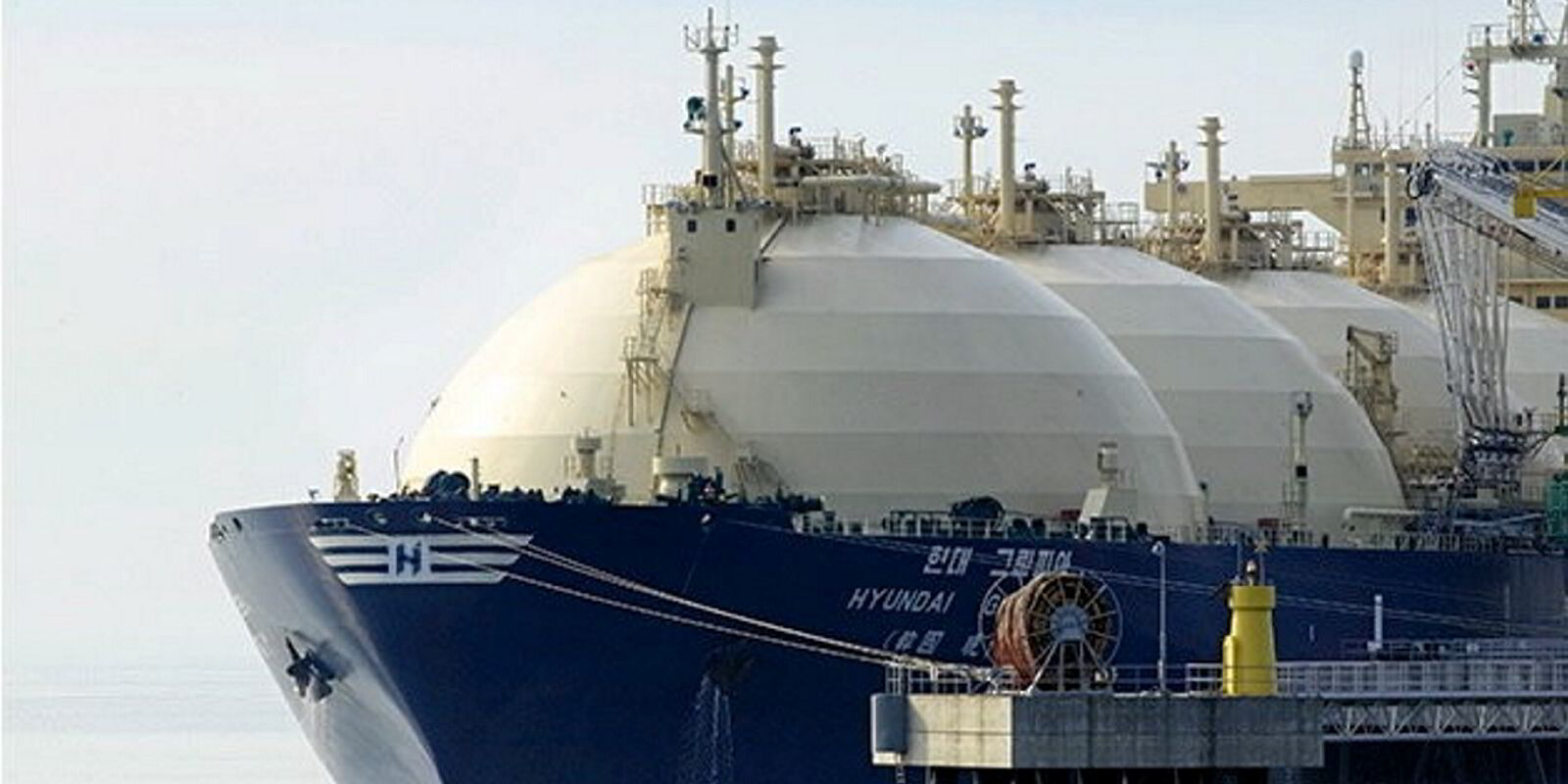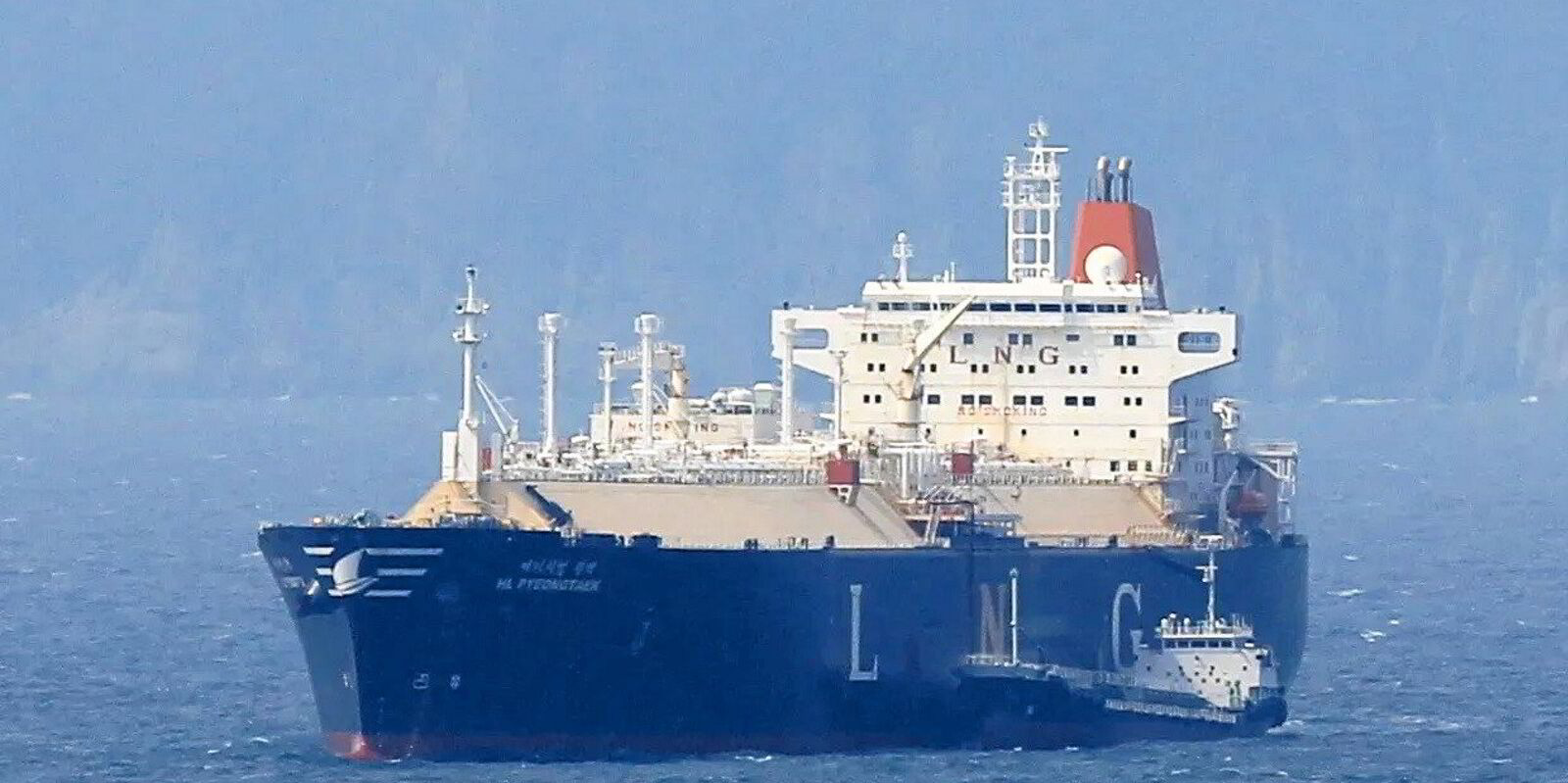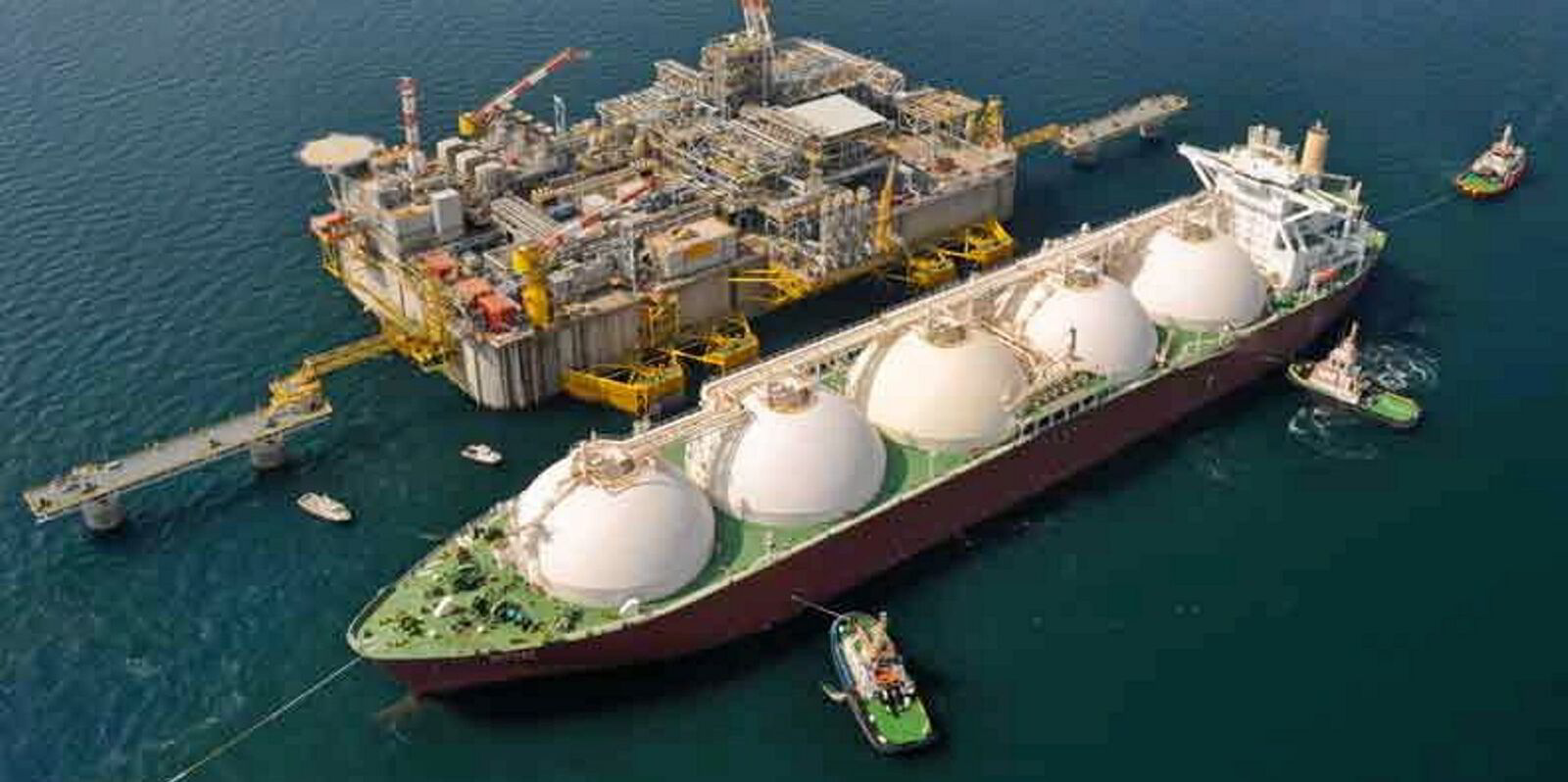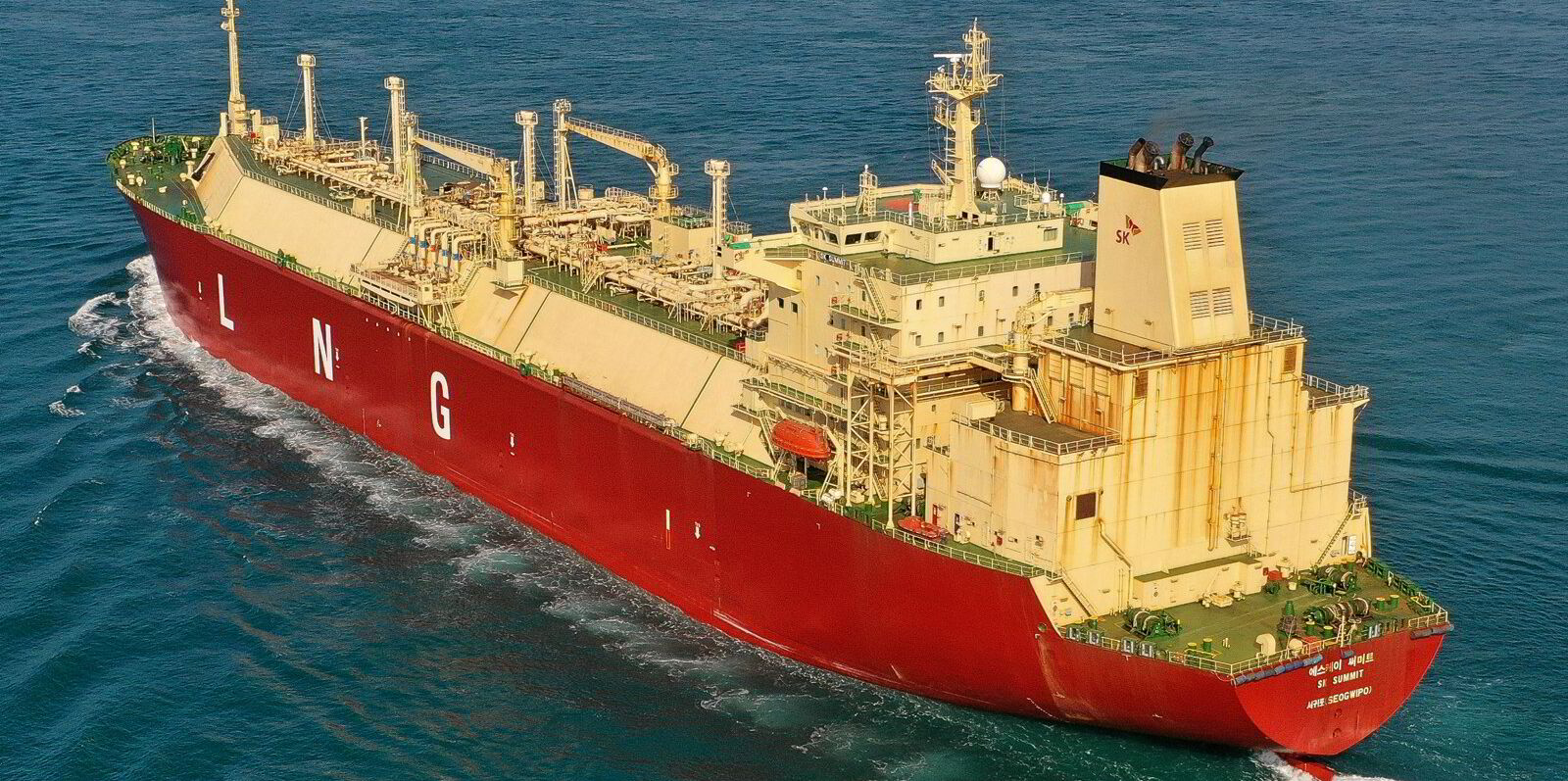Prospects for LNG steam turbine vessels are “not great”, one shipbroker said this week, in a deliberately loaded understatement.
Technically on freight economics terms, US dollar per day spot charter rates for these older and smaller vessels, which make up around 26% of the global fleet, are below zero, leaving those controlling unfixed vessels with no option but to idle them.
That is not to say they are completely off-limits for charterers. Brokers report that Adnoc recently fixed a SEFE relet, the 149,700-cbm Clean Energy (built 2007), on short-term period business of up to nine months.
An increasing number are also being drip-fed into the sales market, with one floating LNG developer gleefully commenting on the latest contender this week: “FSU candidate vessels at bargain prices.”
But longer term, do they have options as tougher emission legislation bites and charterers seek greater trading flexibility on tonnage?
Looming special surveys and five-year dry-dockings are likely to concentrate owners’ minds.
One spoke about the complexity, cost and time needed for the installation of big-ticket kits, such as ballast water treatment systems, which if not well planned can take close to two months.
Investing cash in costly upgrades and retrofits at a time when the market is so crushingly weak is likely going to prove a no-brainer, he said.
As one experienced LNG broker commented this week: “Only a madman would put an open steamer through dry-docking.”
The prospect of lay-up has been floated for these vintage vessels and some of their modern cousins.
Japan’s Mitsui OSK Lines has taken the lead, laying up its 20-year-old 137,661-cbm Moss-type LNG carrier Dukhan (built 2004) in east Malaysia in September.
LNG shipping sources speak about having received enquiries on lay-up costs.
Prices for cold lay-up of an LNG vessel in western Norway — Sinokor Merchant Marine has two ships that have been sitting long-term off Haugesund — are believed to be in the range of $10,000 per month but full management of this process for a vessel in Asia could be treble this.
Some of those working in LNG shipping who have seen earlier downturns caution against cold lay-ups for today’s LNG steamers.
“Laying up a 25-year-old steamship is not a good idea as they will never come out again,” one said.
He said those with steam tonnage could consider warm lay-up — where a ship is essentially idled with crew on board — but only if an owner has a plan or business in mind for the vessel.
He detailed that warm lay-up costs could run to around $15,000 per day comprising crew costs of around $ 10,000 to $12,000 per day plus $3,000 per day fuel bills and anchorage charges on top.
Steam turbine owners can take the ultimate decision and scrap their vessels.
SK Shipping has bitten the bullet, opting to send five of its LNG steamers to the breakers so far this year.
The last batch — four vessels of 24 to 25 years old in one hit — sent a clear signal to the industry, brokers said, although the per-vessel price of just under $14m each is well under previous sales.
But they report that more owners are now willing to have the conversation about recycling these vessels and have somewhat lowered their price expectations.
More than 80 LNG newbuildings per year are due for delivery in 2025 and 2026 — more than one a week.
Clarksons Research said on Monday that to align LNG fleet growth of 12% with demand, scrapping two to three steamships per month in 2025 may be necessary.
This would be five times the peak annual scrapping rate of about seven vessels a year, which the industry has only seen twice since 2015.
One LNG consultant differentiated on which LNG steamers should take the path to the breakers.
He pointed out that some of the ships 20 to 25 years old are well-built and in immaculate condition.
The consultant believes they could have another five to seven years of life in them for short-haul trades such as those from Qatar to India or cross-Mediterranean voyages or use as floating storage units.
But he said LNG carriers over 30 years old — around 5% of the 200-strong steamer fleet — such as some of which are first generation-built South Korean ships — should be scrapped, or as he put it “head for that great razor blade factory in the sky”.







